WooCommerce Dynamic Pricing and Discounts with AI: Smart Rules to Sell More
Dynamic pricing stops being a puzzle when you can create clear, measurable, and automated rules. With WooCommerce Dynamic Pricing and Discounts with AI, we align discounts and volume pricing with the reality of your business: stock turnover, seasonality, and margins. In our case, by activating promotions based on cart thresholds (“spend X and get Y”), we saw an increase in the average order value without degrading the margin, thanks to category limits and smart exclusions.
You notice the first impact on three fronts. One, conversion: “buy 2, get 30% off the 3rd” or BOGO (buy one, get one) rules reduce decision-making friction. Two, controlled margin: order caps, exclusions of already discounted products, and priority between rules mean you never “give away” more than intended. Three, efficiency: you centralize all the logic without code, which reduces hours of management and manual errors. When we tested Dynamic Pricing and Discounts with AI on large catalogs, contextual in-cart prompts (e.g., “add $20 more to unlock free shipping or 10% off”) moved users to complete the desired action.
Dynamic Pricing and Discounts with AI helps you avoid the “blind discounting” syndrome: it identifies which combinations work best (volume vs. cart, BOGO vs. percentage) and suggests adjustments. You don’t need to be an analyst; you see which rules push margins and which require limits. Plus, the coupon and campaign report allows you to close the loop: which coupons convert, which cannibalize, and which segments are worth focusing on. In our practice, simply changing the threshold from $60 to $65, recommended after seeing performance, increased the average ticket without affecting the conversion rate. With all this, you get predictable, measurable, and easy-to-replicate promotions on peak dates like Black Friday.
What makes Dynamic Pricing and Discounts with AI unique (AI, reporting, and automation)
What differentiates us isn’t “having discounts,” but rather orchestrating them judiciously. This is where Dynamic Pricing and Discounts with AI comes in: it suggests combinations of rules and discount levels based on previous performance, avoiding overlaps that confuse customers. In our case, AI suggested reducing the percentage in margin-sensitive categories and reinforcing BOGO where stock allowed; the result was more units per order without compromising profitability.
Integrated reporting gives you a 360° view. You can measure impact by rule type (by product, by category, by role, by cart), coupon, and period. When we tested Dynamic Pricing and Discounts with AI in simultaneous campaigns (BOGO + cart threshold + wholesaler role), the report showed that wholesalers responded better to tiered discounts than to BOGO, so we shifted investment to that line. Additionally, automations (scheduling by date, limits per customer, maximums per order) allow you to launch, pause, or adjust without having to monitor them 24/7.
In-cart messages and contextual popups boost conversions by communicating the achievable “next benefit” (e.g., “You’re 2 units away from activating the -15% discount”). When we implemented this, the upsell rate increased because users understood the value of adding an extra unit. Finally, integration with roles (retailer, wholesaler, VIP) gives you a differentiated pricing canvas without creating endless tables: a single rule can address multiple profiles, with defined priorities to resolve conflicts.
Ready-to-use use cases for Dynamic Pricing and Discounts with AI: BOGO, Volume, Cart, and Role Pricing
BOGO and “3 for 2” promotions work especially well in categories with high elasticity. Create rules like “buy product A and get product A at 50% off” or “A + B at 20% off” and limit them by variation, category, or brand. In our experience, in accessories catalogs, BOGO pushes complementary units that the customer already considered.
Tiered pricing is key to moving inventory and improving margins. Define tiers by quantity or amount: 1–3 units 0%, 4–6 units 10%, 7+ units 15%. Add a pricing table to the listing for transparency; when the customer sees the next tier, they increase the order. For roles, set special rates for wholesalers/VIPs, with minimum order sizes and exclusions. When testing with distributors, we combined role and volume: the role activates the base price (e.g., 8%), and volume adds tiers; this way, not all wholesalers receive the same price if they don’t meet certain quantities.
Cart rules act as a lever for AOV: “Starting at $X, -10%” or “Free Shipping + Gift.” Combine them with in-cart notifications to indicate how much is left. With Dynamic Pricing and Discounts with AI, you can schedule windows (launch Friday 12:01 AM, end Monday 11:59 PM) and use per-user limits to prevent abuse. During peak periods, add exclusions (products already on sale, premium categories) and per-order limits so the promotion doesn’t “slip” beyond what was planned.
How to set up rules in Dynamic Pricing and Discounts with AI (no code, in minutes)
Start by defining the intent of each campaign (clear stock, increase ticket sales, build loyalty among wholesalers). Create one rule per objective and name it clearly (e.g., “Q4—AOV—Threshold_75”). Select the type: product/category, volume, BOGO, cart, or role. Then, apply filters: include/exclude categories, tags, and variations; define priorities to resolve conflicts (rule 1 is evaluated before rule 2, and so on). In our case, a good pattern is: 1) global exclusions (premium), 2) wholesale role, 3) volume, 4) cart.
Set limits: maximum discount per line, per order, per user, and per period. Schedule start/end dates and add coupon usage limits if applicable. Activate contextual messages: quantity pricing tables on the checkout page and cart notifications. When we implemented Dynamic Pricing and Discounts with AI, we added clear microcopy (“you’re missing $12 for a 10% discount”) and avoided ambiguous language.
Best practices: Test in staging, verify coupon interactions, and prioritize consistency (e.g., never exceed a total of 25–30% when combining rules). Use AI to suggest tiering adjustments and detect cannibalization between promos. Review the 7- and 30-day report: if a rule attracts very small orders with high discounts, raise the threshold; if another is rarely used, simplify it or move it to a more appropriate category. When we tested Dynamic Pricing and Discounts with AI in stores with 5,000+ SKUs, keeping the rules “lean” (a few well-thought-out conditions) proved more stable than dozens of micro-segmented rules.
Social proof and reliability of Dynamic Pricing and Discounts with AI: results, reviews, and support
The best promotion is the one you can sustain. Look for signs of reliability: frequent updates, clear documentation, real-world examples, and reviews highlighting performance on large stores. In our experience, the most robust implementations combined three aspects: 1) limited and consistent rules; 2) visible communication on the page and cart; 3) responsive support with snippets and guides when an interaction with another plugin arises.
When we tested Dynamic Pricing and Discounts with AI on seasonal campaigns, a 24-48 hour “soft pre-launch” schedule allowed us to validate that there were no unforeseen overlaps (e.g., duplicate discounts with newsletter coupons). User reviews typically highlight two points: ease of replicating promotions (templates) and stability when updating WooCommerce. If your operation is sensitive, document your rules in a brief internal playbook (goal, conditions, limits, and priority). With this approach, even if staff rotate, pricing continuity won’t suffer.
Support and community matter: resolving compatibility issues (multi-currency, gateways, builders, memberships) reduces downtime. In our case, a query about conditions by “brand” (attribute) was resolved with a filter adjustment at the taxonomy level, avoiding maintaining manual lists of SKUs.
Dynamic Pricing and Discounts with AI: Compatibility and Performance in Large Catalogs
In large catalogs, performance is a priority. Keep rules focused (by category/tag rather than thousands of SKUs) and use caching when the theme/host allows it. Avoid redundant conditions and consider loading pricing tables on demand (lazy). When we applied this to stores with complex variations, grouping by attributes (size/color) and resolving the discount at the variation level, with global exclusions for premium lines, worked best.
If you use cart messages and quantity tables, check that the theme doesn’t duplicate notes or styles. In our case, a small CSS conflict made the messages look awkward; by standardizing typography and spacing, the “continue shopping” click-through rate increased. Finally, measure: a dashboard with AOV, margin, usage ratio for each rule, and the top 10 benefiting SKUs guides what to keep, what to prune, and what to scale to Pro.


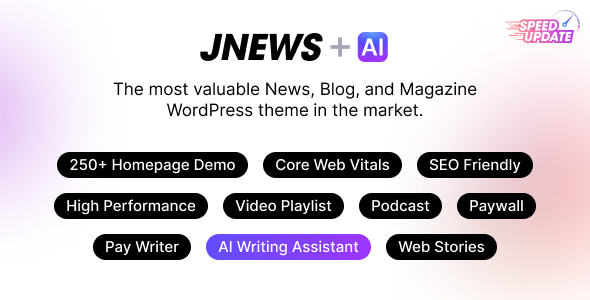
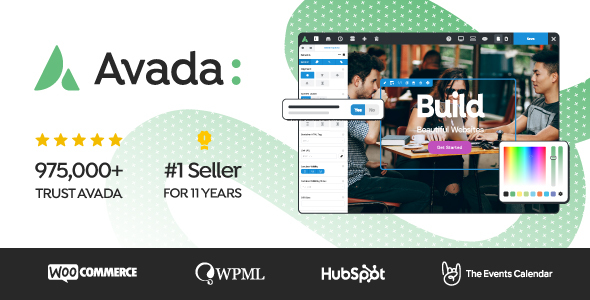




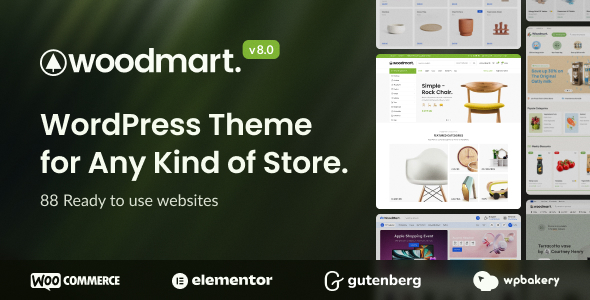


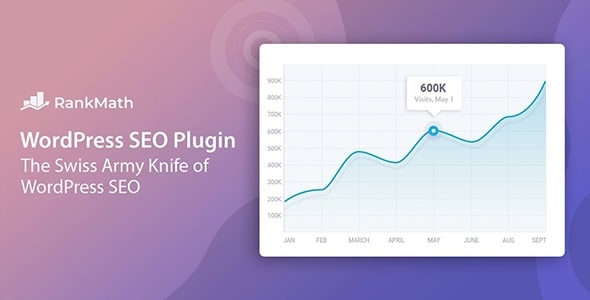


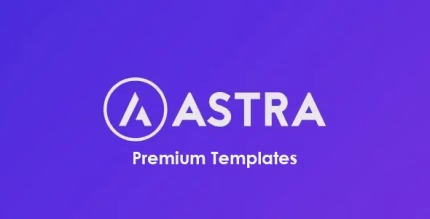


Reviews
There are no reviews yet.